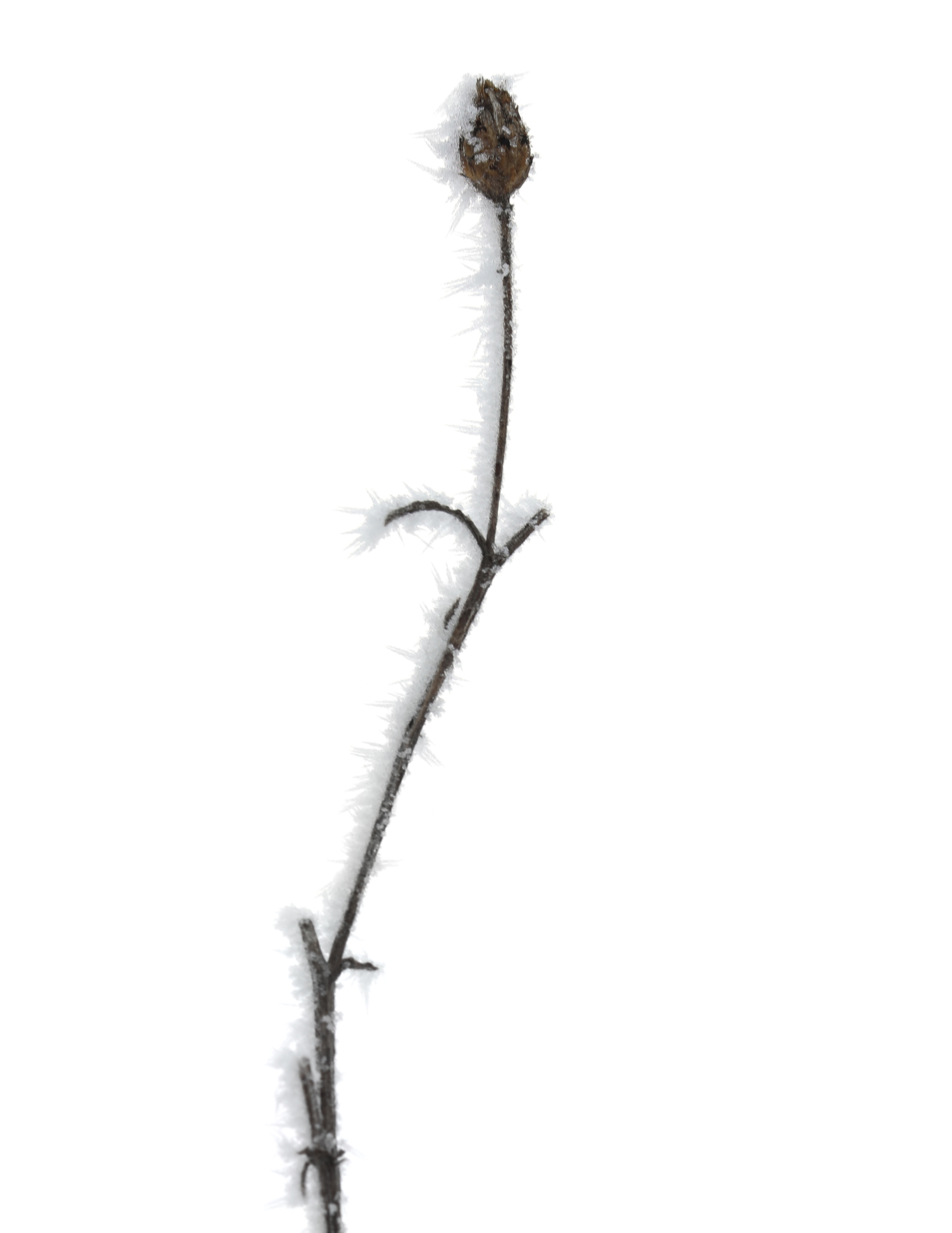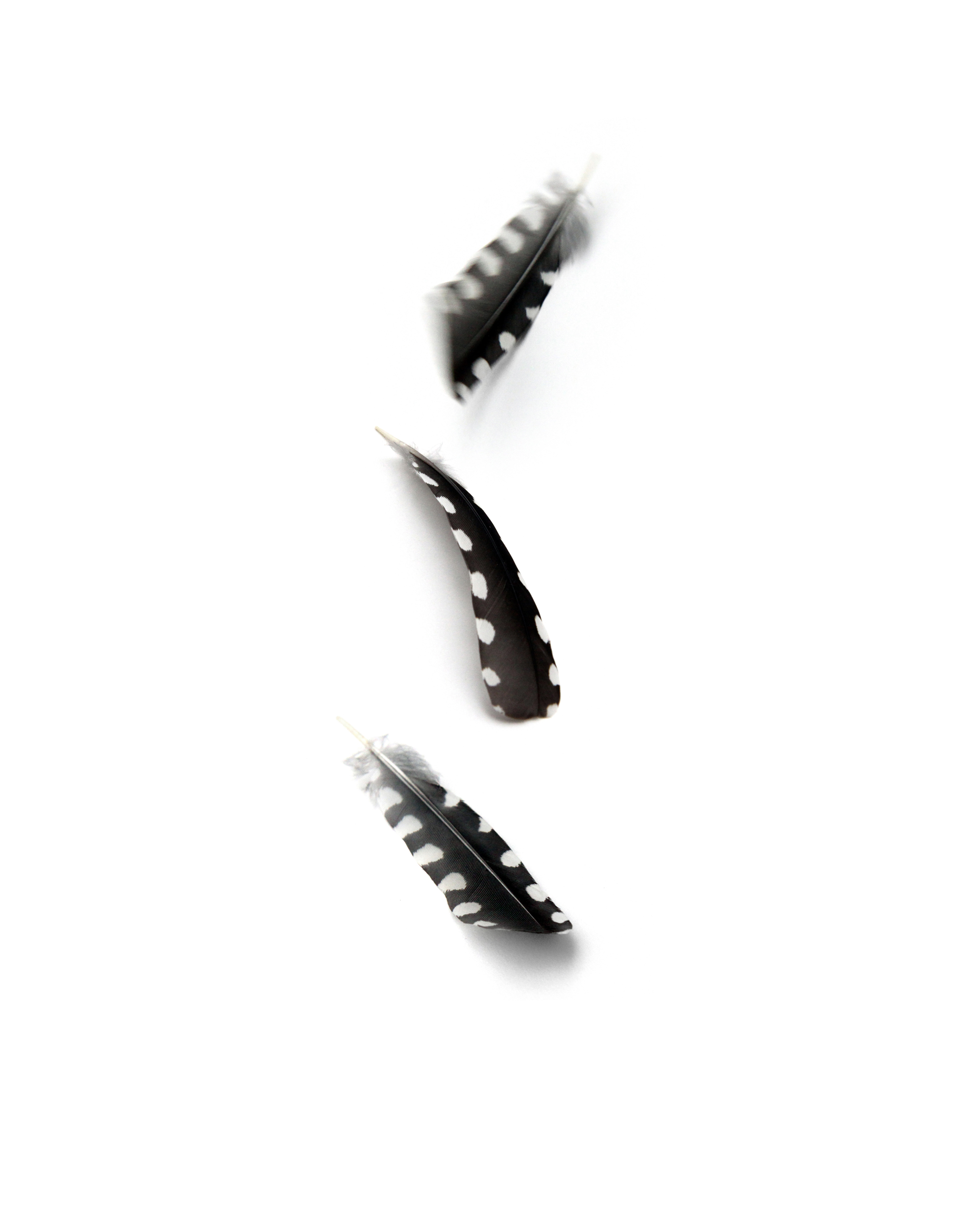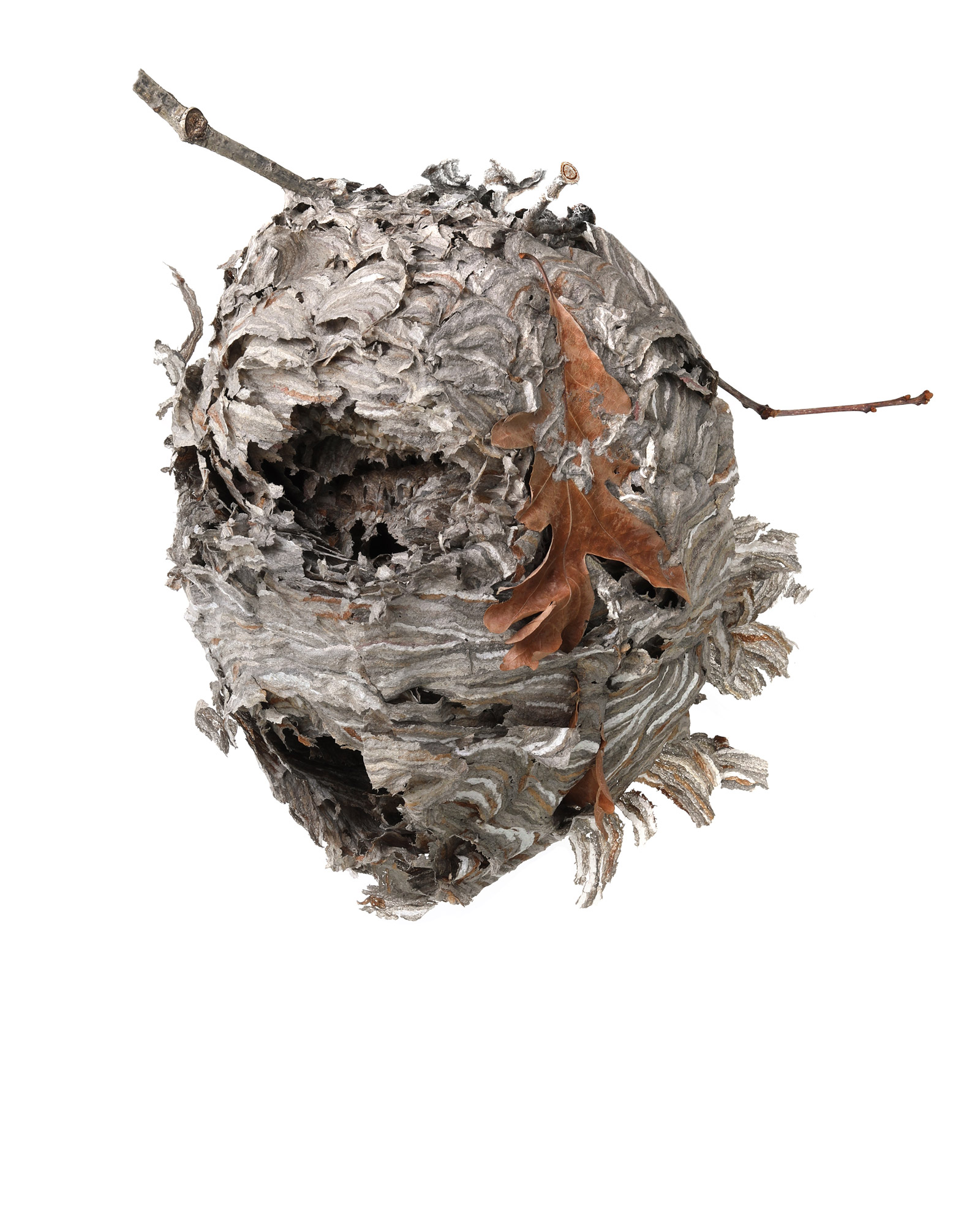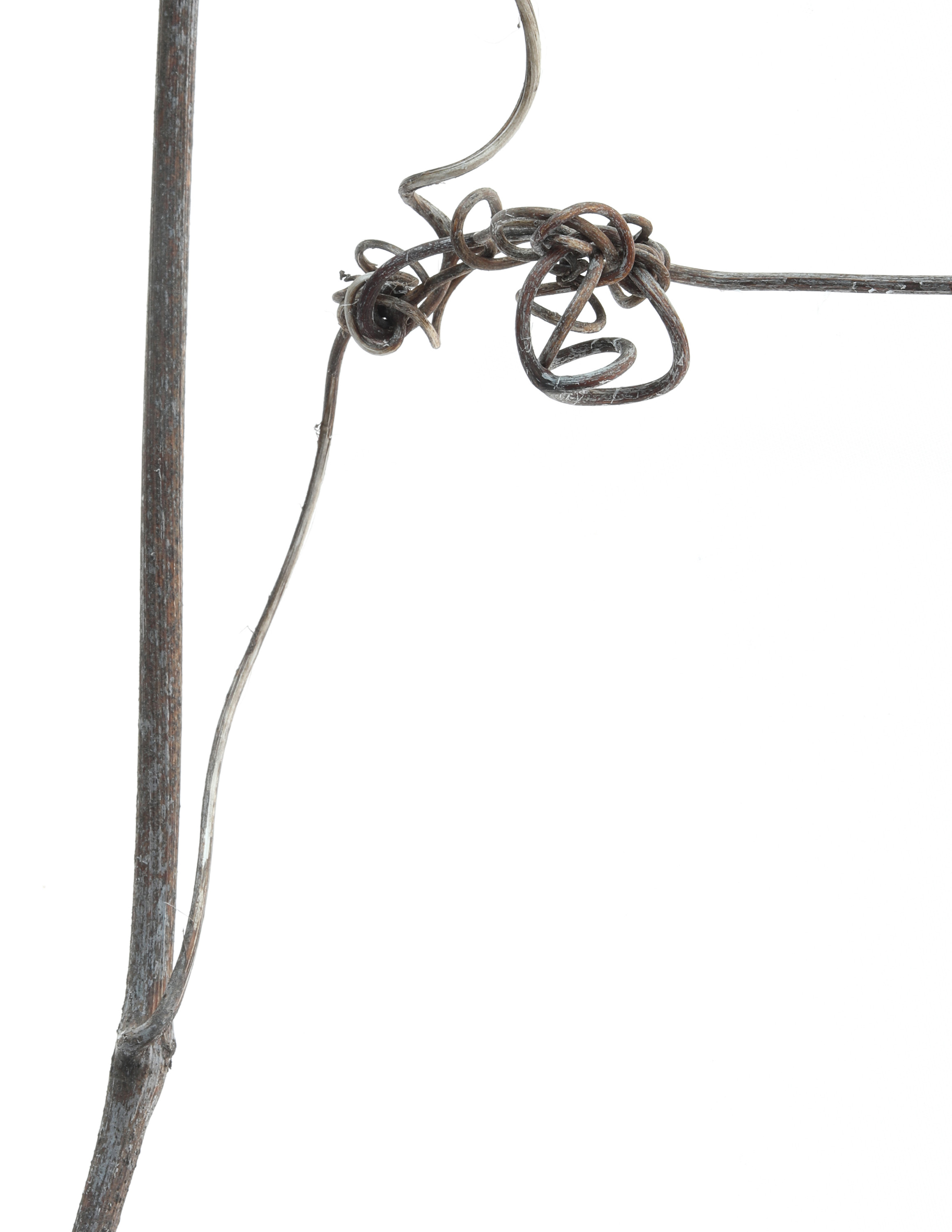
Fundamentals of Frost 101
Everyone up for learning about frost today? Here’s what I learned this week:
The ice crystals of frost form as the result of fractal process development. The depth of frost crystals varies depending on the amount of time they have been accumulating, and the concentration of the water vapor (humidity). Frost crystals may be invisible (black), clear (translucent), or white; if a mass of frost crystals scatters light in all directions, the coating of frost appears white.
Types of frost include: crystalline frost (hoar frost or radiation frost) from deposition of water vapor from air of low humidity, white frost in humid conditions, window frost on glass surfaces, advection frost from cold wind over cold surfaces, black frost without visible ice at low temperatures and very low humidity, and rime under supercooled wet conditions.
crystalline hoar frost on winter weed stem

time of hunger
while i can noticeably feel the light returning, we are only now heading into to the toughest time of year for critters here in the north. the last few weeks of january are historically the coldest weeks of our year. in the past, that could mean temperatures that never got above zero degrees F for days on end. but times are different. and this week we will have days hovering instead right around freezing (32 deg F). all these warm temps (yes, it is all relative) mean there is more moisture in the air than usual giving us picture-perfect sticky snows that cling to evergreens and regular frosts. regardless of how picturesque it is for us humans, the critters will be struggling. the squirrel caches are now buried under four feet of snow, the turkeys have nowhere to scratch for seed. and even the deer have to work harder to push through the wet snow. this is the time of hunger.
the result. even though we won’t be braving the bitter cold this year, it is still the time of hunger fro most of the critters out there.

year-round residents
hairy, red-bellied, downy and pileated woodpeckers are year-round residents in our woods. these creatures rival and even surpass the hardiest of humans as we collectively await the coming warmth of spring. not a day goes by that i don’t both see and hear their presence. and every time, every single time, they bring a smile to my face with their polka-dotted suits and red berets. how fortunate that these over-winterers are sartorial bright spots. they add a bit of flair to our winter woods. what’s not to love?
woodpecker feathers
-
And don’t forget the splendidly arrayed common flicker! Surely you see them too? Love the bright yellow underside of their wings and tail, and their abundance of “freckles”. Handsome birds.
reply

magnificent architects
paper wasps gather fibers from dead wood and plant stems, which they mix with saliva, and use to construct nests made of gray or brown papery material. check out that oak leaf! how incredible is that? i love the flexibility and resourcefulness implied in its integration. my awe for nature increases in proportion to my attentiveness.
paper wasp nest

clever little guys
tendril coiling begins with circumnutation of the tendril in which it is moving and growing in a circular oscillatory pattern around its axis. once the tendril finds a support stimulus, the touch signal releases a cascade of hormones that initiate contact coiling. they avoid twining around themselves or neighboring plants of the same species through signaling molecules released by the host plant which bind to chemoreceptors on the climbing plant’s tendrils–this process is called self-discrimination. it’s all quite clever, if you ask me.
wild grape vine tendril in winter
-
What I think is quite clever is that anybody figured how all this works. And it is quite cool!!
reply



Ok, but how did he get the name Jack ?